What steps are involved in making an animated video?
Animation is an organized activity that follows a set of steps. A ten-second animation clip might take a team of animators a week to develop. Every basic animation training would begin by discussing the animation process.
So, what are the different processes in the animation process?
Brainstorming and Research:
The creators, writers, and animators develop a concept for the animation’s tale. Research is conducted to investigate various components of the storyline. The creators consider the theme of the animation, the principal and minor characters, and the time and location of the plot. They sketch up the basic outline of the tale, including where it will begin and conclude.
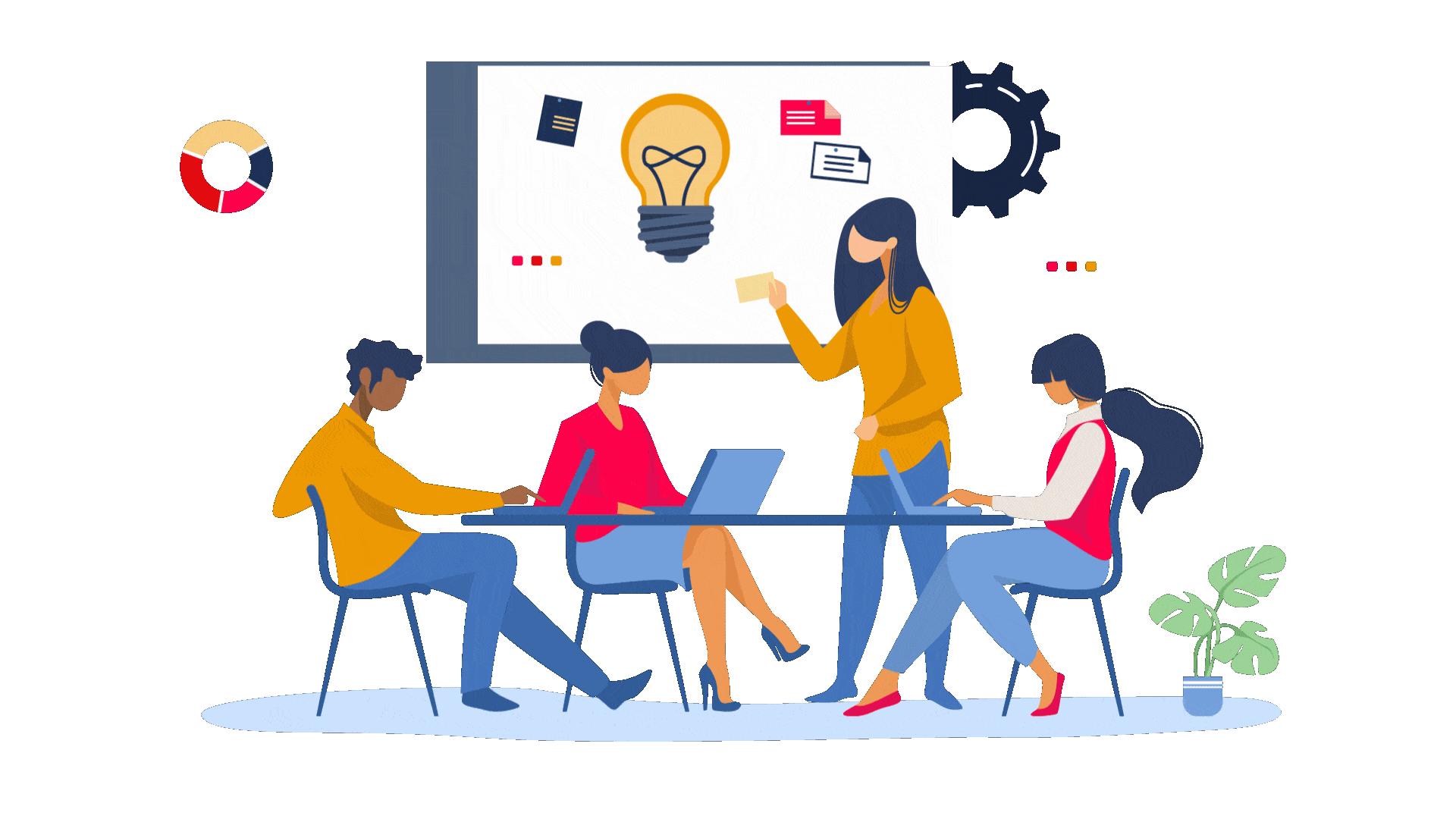
Storyboarding and Scriptwriting:
A plot framework is created, with dialogue for each character and the events and incidents in each scene. Hence, a screenplay is just a written representation of how the animation will appear. The storyboard is a quick hand-drawn or computer-aided 2D drawing of each scene prepared based on the narrative. The storyboard serves as the foundation for all subsequent animation phases.
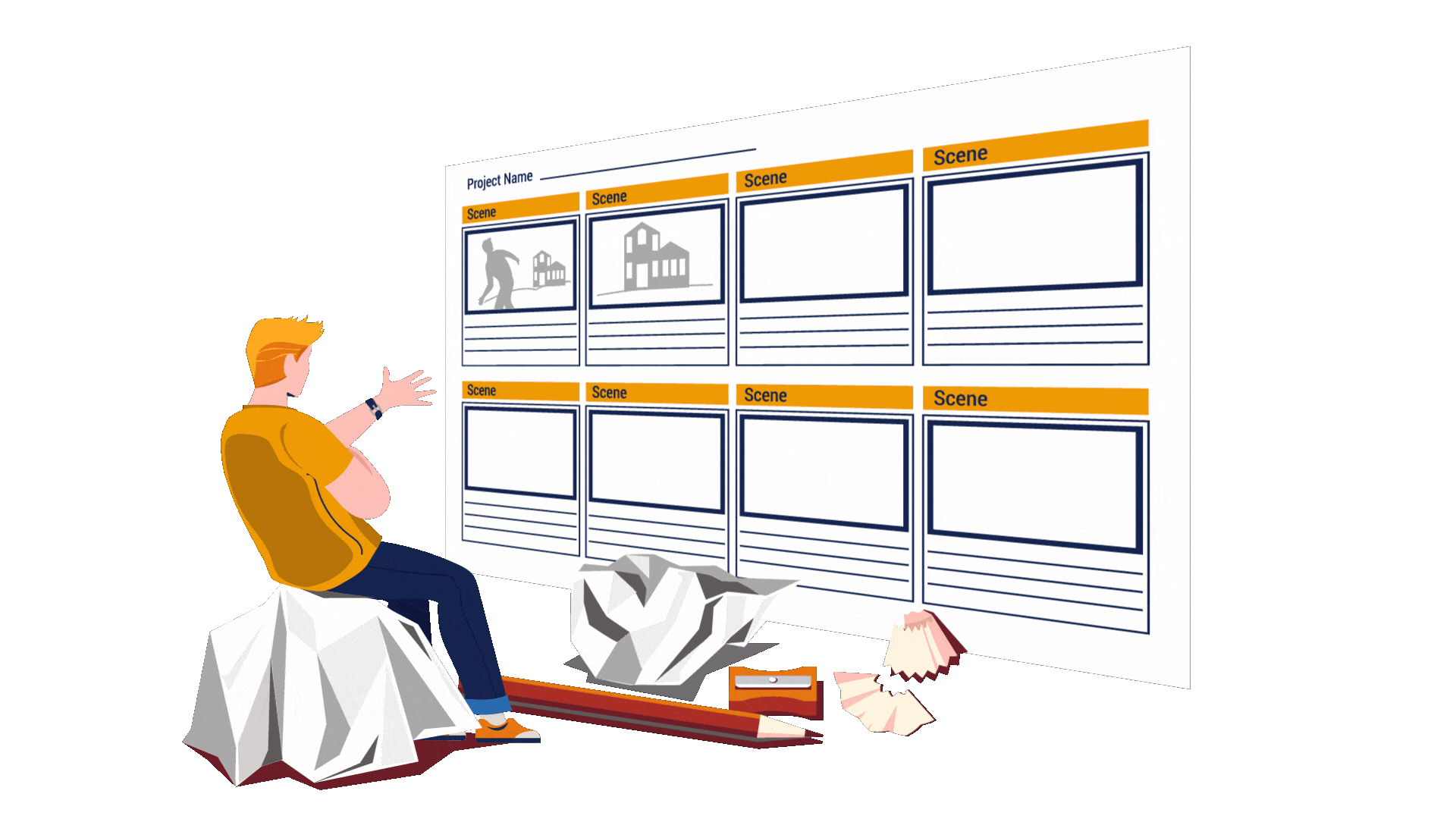
Dialogue Recording:
To bring the characters to life, voice-over artists record the conversations of various characters while reading from the script. They enhance the characters’ personalities, expressions, and accents, allowing animators to generate precise lip motions while interacting.
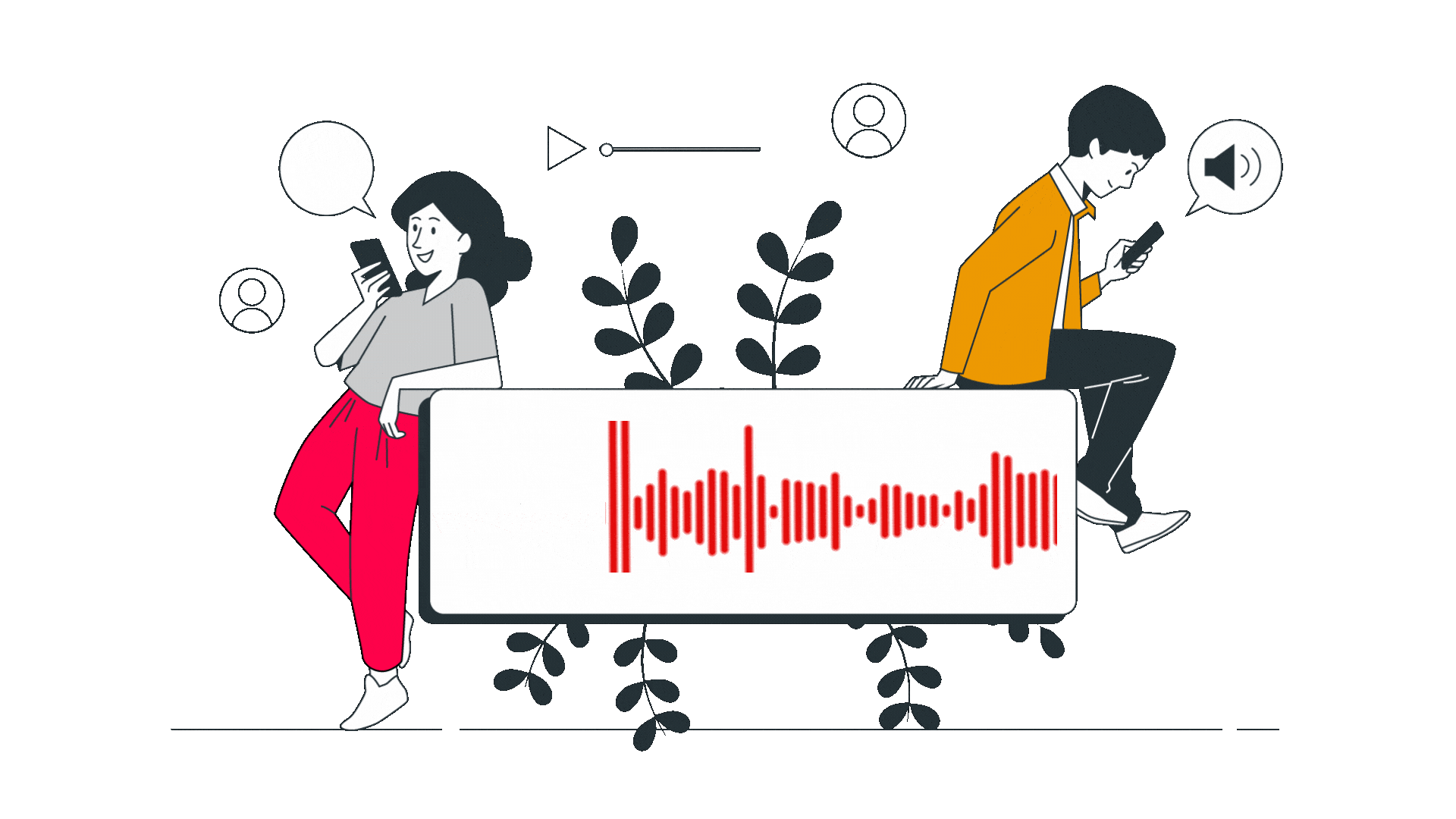
Production of Animation:
Next, in Modeling, a geometric surface representation of each item is constructed. Texturing is used to provide various things surface qualities. Rigging is the process of embedding a bone structure into an object so that animators can move particular areas. Lighting is used to create a certain ambience for a scene or to cast shadows on objects and characters. Ultimately, during the Rendering phase, all aspects of the animation, such as characters, objects, backdrops, and so on, are split into multiple layers.

Post-production Animation:
Composting is accomplished at this final stage, which combines the previously produced layers. If necessary, visual effects like dust, rain, sparks, and explosions are added to the animation. Sound effects are captured for each item and event in the animation sequence.
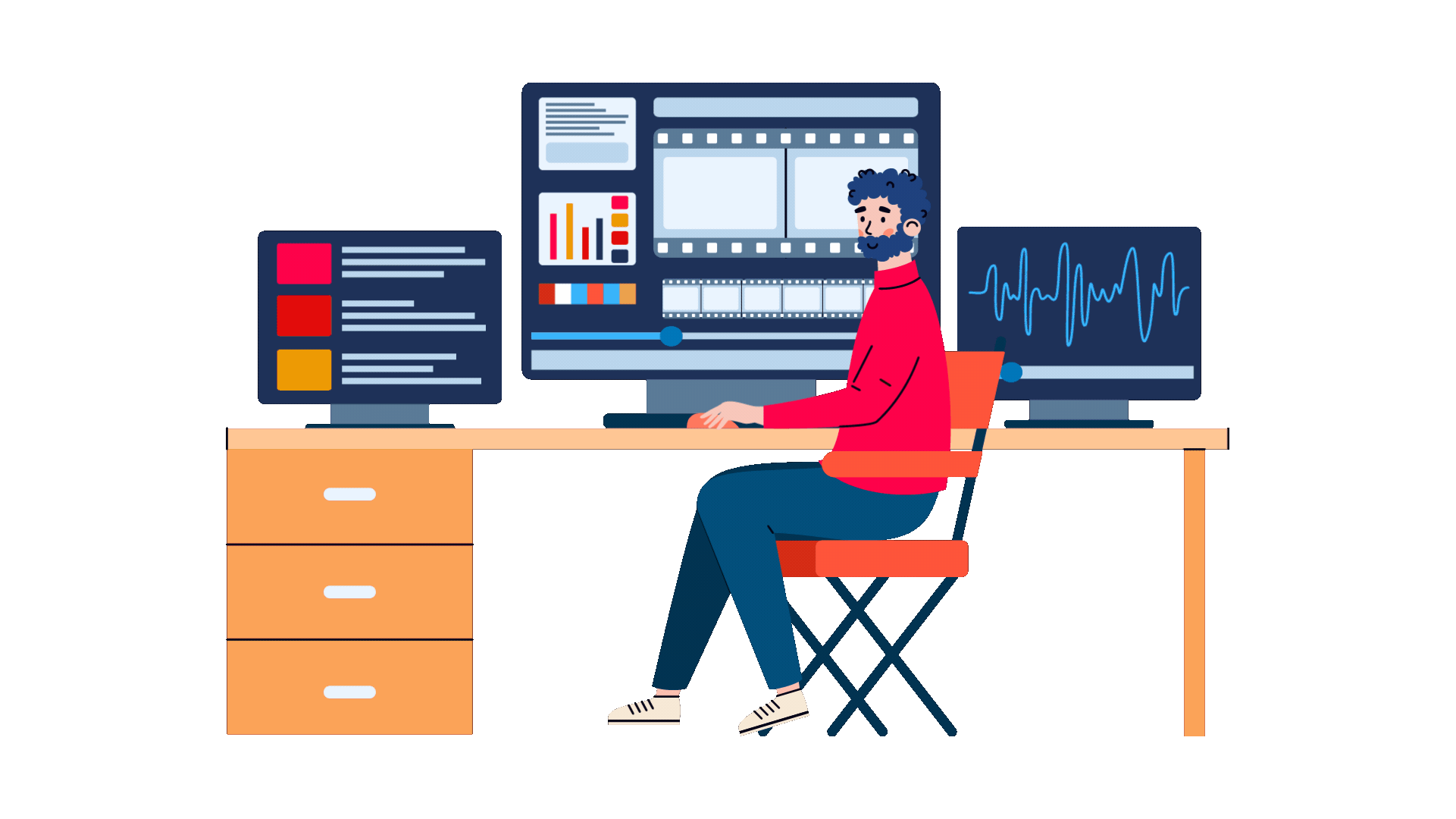
Ultimately, the animation is integrated with the music and Effects, and the final touches are applied in Video Editing. Eventually, the video is transformed into the desired format and ready for usage in various media.
These animation courses teach you the above animation technique in-depth and how to apply that knowledge to various practical tasks! Joining a reputable animation training college will provide job-oriented instruction in the animation process, allowing you to work on animated feature films with the best production companies and studios.

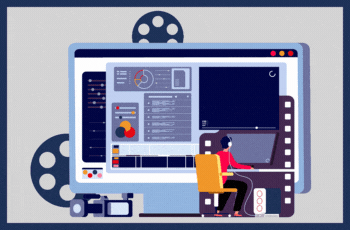

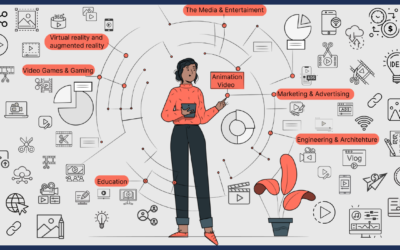

0 Comments